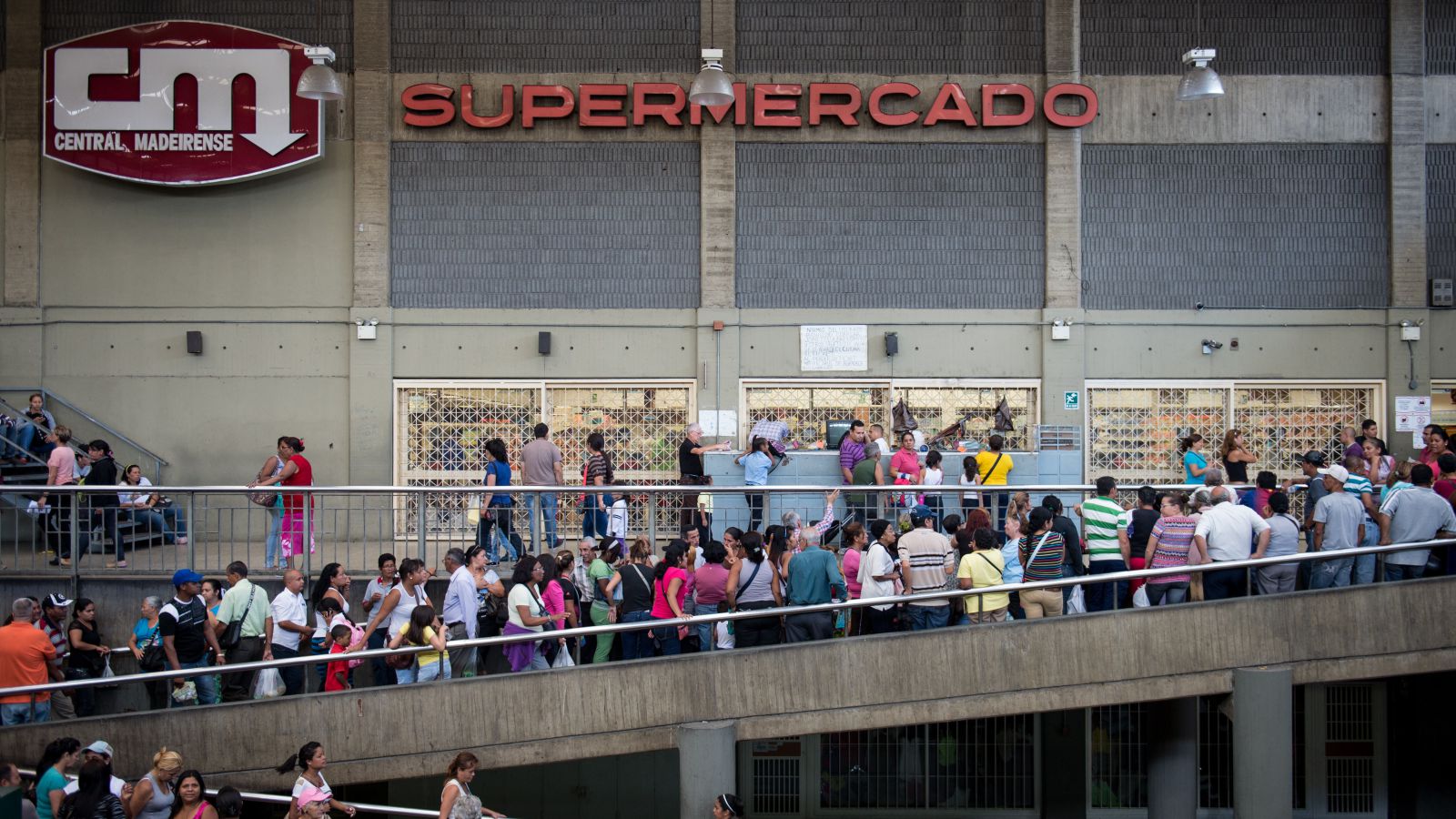Tips for using a car battery as a power source in the home when SHTF
05/25/2018 / By Zoey Sky

If you have enough time to prepare, you might have access to an emergency power source and even a backup, such as a generator or solar panels, when you lose power after SHTF.
However, if for any reason these aren’t available to you or they become unusable, you need to know how to turn a car battery into an emergency power source during a blackout. While it won’t be powerful enough to generate electricity for your whole house, this method will do in a pinch.
How to turn a car battery into an emergency power source
Before you begin, review each step carefully. While it looks small and harmless, a car battery stores a lot of energy. The DC power it contains will electrify you if you’re not careful. (Related: Long-term blackouts are a harsh reality: 7 scary challenges you probably aren’t prepared for.)
You will need the following tools:
- Electrical tape — Get tape that has a UL rating to make safe connections.
- Flashlight and candle — You’ll need this if you have to fix lamps in the dark.
- Crimping tools — Used to affix wires to the car battery.
- Measuring tape
- A multimeter — A multimeter can test circuits, isolate problems, and verify that stray currents aren’t flowing through anything they’re not supposed to.
- Screwdrivers (Flat-blade and Phillips)
- Wire cutters — These will help you cut the wires to the desired length. Wire cutters will also help keep connections tidy since surplus wire can make unwanted contacts.
When you have all the tools you need, get a power inverter that has a cable with crocodile clips. Inverters will turn the current from the battery into electricity that your appliances can use.
Since car batteries put out 12-volt DC current, they can’t power appliances. The voltage is too low (appliances need at least 100 volts), and AC power is dangerous. The constant output will kill at a much lower voltage than DC. With an inverter, you can convert a car battery’s steady output to AC while also increasing it up to 110-volt. A power inverter also has a standard power outlet that you can plug things into.
To connect the car battery to the power inverter, locate the positive and negative terminals of the battery. These have markings embossed beside the terminals.
Fasten the black lead from the inverter to the negative terminal, then connect the red lead to the positive. Now you can plug in small appliances like a lamp to the inverter.
You’ll need to remember these safety tips when you’re using a car battery as an emergency power source:
- Put the battery in a safe and dry location. If the ground is wet, place the battery on a stable platform so it stays dry. Maintain at least a foot of clear space around the battery and above it.
- Keep metal away from the terminals. If conductive material touches both terminals at the same time, you may experience a short circuit which can blow up the battery. This might even cause acid to spray all over you or your home.
- Do not overload the battery. Small power tools can stay plugged in, but anything as large as your fridge might make the battery overheat and explode.
- Never daisy-chain extension leads from the inverter. It can power several 40-watt lamps, but don’t try running several tools like a drill and saw at the same time to avoid overloading the battery.
If you need an emergency power source, car batteries are some of the cheapest options at your disposal. Knowing how to convert a car battery into a power source can help you survive a power outage, especially if it lasts for a couple of days or so.
Power and light sources for when SHTF
Aside from a car battery, you might need various power and light sources to prepare for a blackout in your neighborhood.
Power sources:
- Battery charger with a solar or vehicle adapter — You can use this to charge batteries and cell phones.
- Rechargeable batteries — You might need these for important items like a survival radio or flashlights.
- USB external battery charger — When fully charged, a USB external battery charger can recharge a smartphone at least seven times.
Lighting:
- Battery powered lantern — You can use these for common areas.
- Candles — Get some 15-hour emergency candles.
- Chemlights/light sticks — This is a safe option for children.
- LED flashlight with extra batteries — Prepare one flashlight for each person in your home.
You can read more articles about other emergency power sources that you can use when SHTF at Preparedness.news.
Sources include:
Tagged Under: alternate power source, bug out, car battery, Collapse, disaster, emergency power source, Gear, off grid, preparedness, preparedness and survival, prepper, prepping, SHTF, survival, survival skills



















